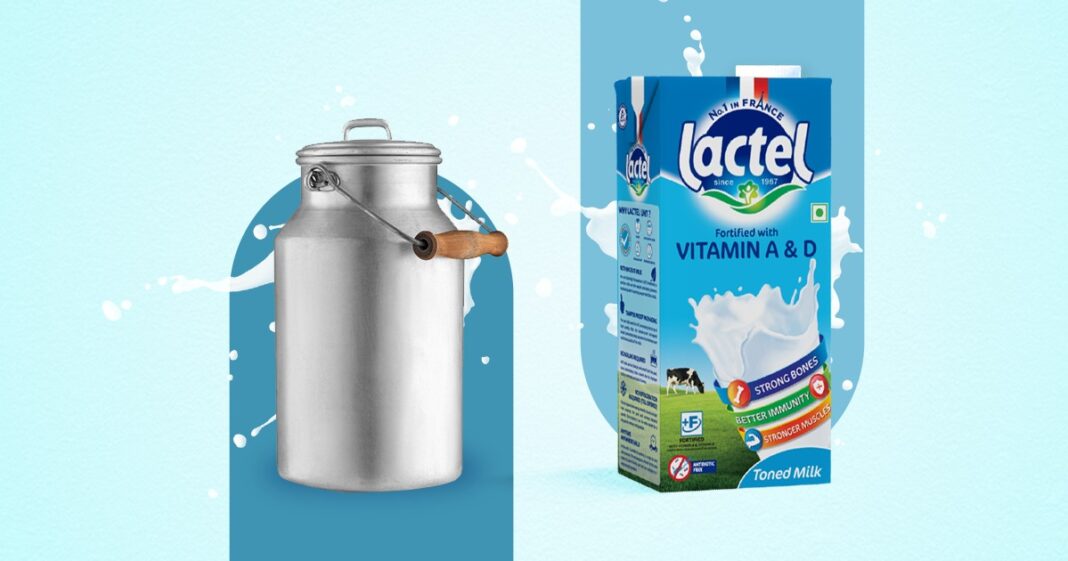As a leading brand in the dairy industry, Lactel understands the importance of milk in people’s lives. However, with so many options on the market, it’s important to understand the differences between types of milk, especially raw and pasteurized milk. In this article, we’ll discuss the differences between raw and pasteurized milk, as well as the benefits and drawbacks of each.
What is Pasteurization?
Pasteurization is a process that involves heating milk to a specific temperature and holding it there for a certain amount of time. This process is designed to kill harmful bacteria and pathogens that may be present in raw milk. The most common method of pasteurizing milk involves heating milk to 161°F (71.7°C) for 15 seconds, followed by rapid cooling.
Differences Between Pasteurized and Raw Milk:
Safety
One of the main differences between pasteurized and raw milk is the safety factor. Raw milk is not subjected to any form of heat treatment, which means that it may contain harmful bacteria and pathogens such as E. coli, Salmonella, and Listeria. These bacteria can cause serious illness, particularly in people with weakened immune systems, children, pregnant women, and the elderly.
On the other hand, pasteurization is the process of heating the milk to a high temperature for a short period of time to kill harmful bacteria and pathogens. This makes pasteurized milk a safer option than raw milk, especially for those who are more susceptible to illness.
Shelf Life
Another key difference between pasteurized and raw milk is the shelf life. Raw milk has a shorter shelf life than pasteurized milk because it contains more bacteria and other microorganisms that cause it to spoil more quickly. Raw milk can last only a few days in the refrigerator.
Pasteurized milk, on the other hand, has a longer shelf life because the pasteurization process kills the bacteria that can cause milk to spoil. Pasteurized milk can last up to two weeks in the refrigerator.
Nutrient Content
Raw milk contains more nutrients than pasteurized milk. It contains vitamins, minerals, enzymes, and beneficial bacteria that are destroyed during the pasteurization process. However, the difference in nutrient content is not significant enough to outweigh the risks of consuming raw milk.
Pasteurization can cause a slight loss of nutrients in milk, but this is not enough to significantly impact the nutrient content of the milk. In fact, the nutrient content of pasteurized milk is still high and provides a great source of essential vitamins and minerals.
Taste
Many people argue that raw milk tastes better than pasteurized milk. This is because pasteurization can alter the taste of milk by destroying some of the enzymes and bacteria that contribute to the flavour of the milk. However, taste is subjective, and some people may prefer the taste of pasteurized milk.



